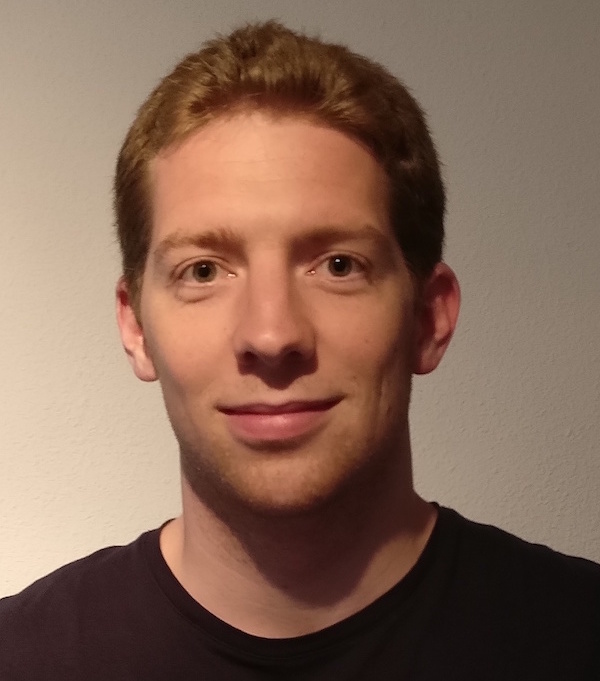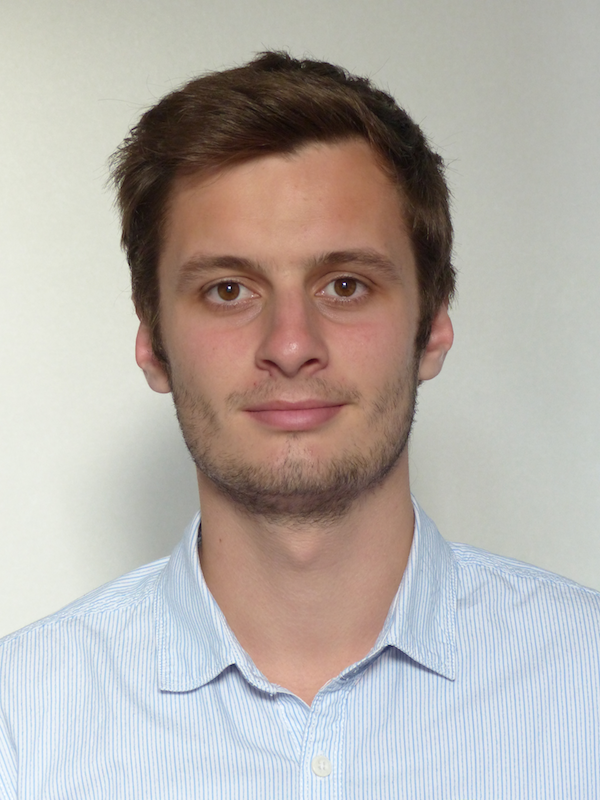
Eng. Jean-François Boussuge
Deputy team leader of the CFD Team at Cerfacs, his field of expertise is numerical methods to perform highly-resolved aero-acoustic and aerodynamic simulations. He works in the LBM field since 2013.
The Lattice Boltzmann Method (LBM), derived from the gas kinetic theory, has emerged as an alternative to the resolution of Navier-Stokes equations using computational fluid dynamics. LBM is an unsteady method and has several strengths: (1) easy mesh generation on complex geometry and (2) allows massively parallel computing. This training aims at providing basic knowledge on how LBM works.
This online training course presents the fundamental concepts of the Lattice Boltzmann Method (LBM). It is divided in 3 consecutive weeks:
An interactive live conference will close the 3-week session, focusing on the the main steps to apply LBM on industrial cases. The time slot for this conference will be decided regarding the attendees' availability in February.
At the end of this training, you will be able to:
All our learning sessions are built upon evidence-based principles from cognitive psychology and learning research:
Be prepared to be engaged and to interact with a community sharing a common goal: learning the scientific content of this course.
It costs 300 € for students, 350 € for CERFACS shareholders and 500 € for all others, including taxes. Once you have enrolled in the course, you will receive a link with information on how to pay. Credit cards are accepted via a Paypal transaction.
While this course is not focused on mathematical aspects, a background in mathematical analysis is needed. Moreover you need a strong background in Computational Fluid Dynamics.
This course is designed by a group composed of expert researchers from the field supervised by an expert researcher in active online learning.

Deputy team leader of the CFD Team at Cerfacs, his field of expertise is numerical methods to perform highly-resolved aero-acoustic and aerodynamic simulations. He works in the LBM field since 2013.

Holding a MS degree in Fluid Mechanics from the graduate school of aeronautical engineering ISAE-SUPAERO, Christophe Coreixas recently received his PhD in Statistical Physics from INP Toulouse, France. During his PhD, he worked on high-order lattice Boltzmann methods for the simulation of high-Reynolds and high-Mach number flows.

He gets his PhD in Fluid Mechanics working on modeling of two-phase gas-particle flows, deriving Euler-Euler models from the Boltzmann equation. Since 2014 he has oriented his research specifically on learning and teaching science using active learning methods.

Holding a master degree in Fluid Mechanics at ENSEEIHT Toulouse, T. Astoul works for three years at Airbus company using Lattice Boltzmann Method for aircraft simulation. He currently performs a phD on aeroacoustics LBM.

Holding a double Master’s degree from Ecole polytechnique and ISAE-Supaero, Gauthier Wissocq started studying the lattice Boltzmann method at CERFACS in 2015. He is currently a 2nd year PhD student working for Safran on the application of the LBM to aircraft engines simulations.

After two internships at M2P2 and CERFACS, respectively on porous media and thermal flow using the LBM, Florian Renard got his master degree in Fluid Mechanics and Non-Linear Physics at Aix Marseille University. He is currently pursuing a PhD at CERFACS dealing with the extension of LBM to aeronautical compressible flows.
It will take you approximatively 3 hours a week. However, we expect you to connect at least every other day to be able to interact with participants.
The Open edX platform works best with current versions of Chrome, Firefox or Safari, or with Internet Explorer version 9 and above.
See our list of supported browsers for the most up-to-date information.
If you want to contact us, please fill the following contact form.
© Just MOOCit - All rights reserved Powered by MOOCit on Open edX